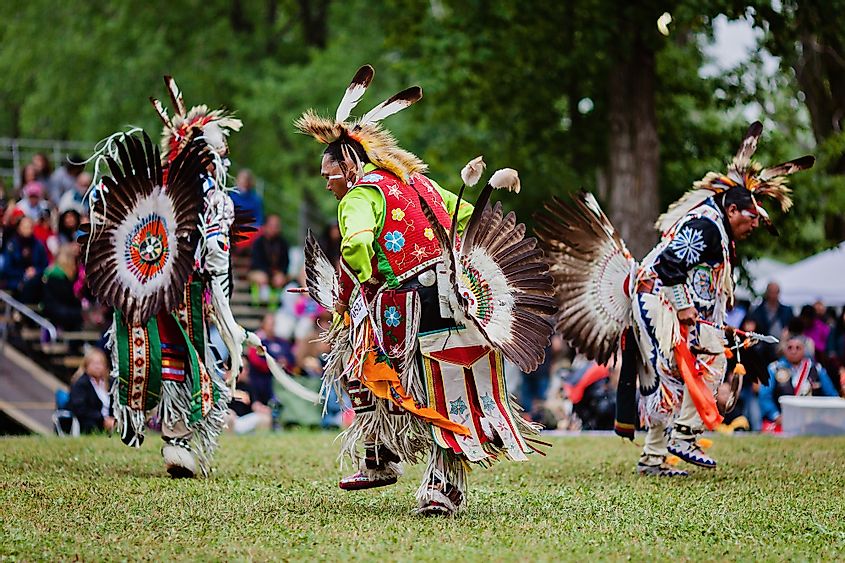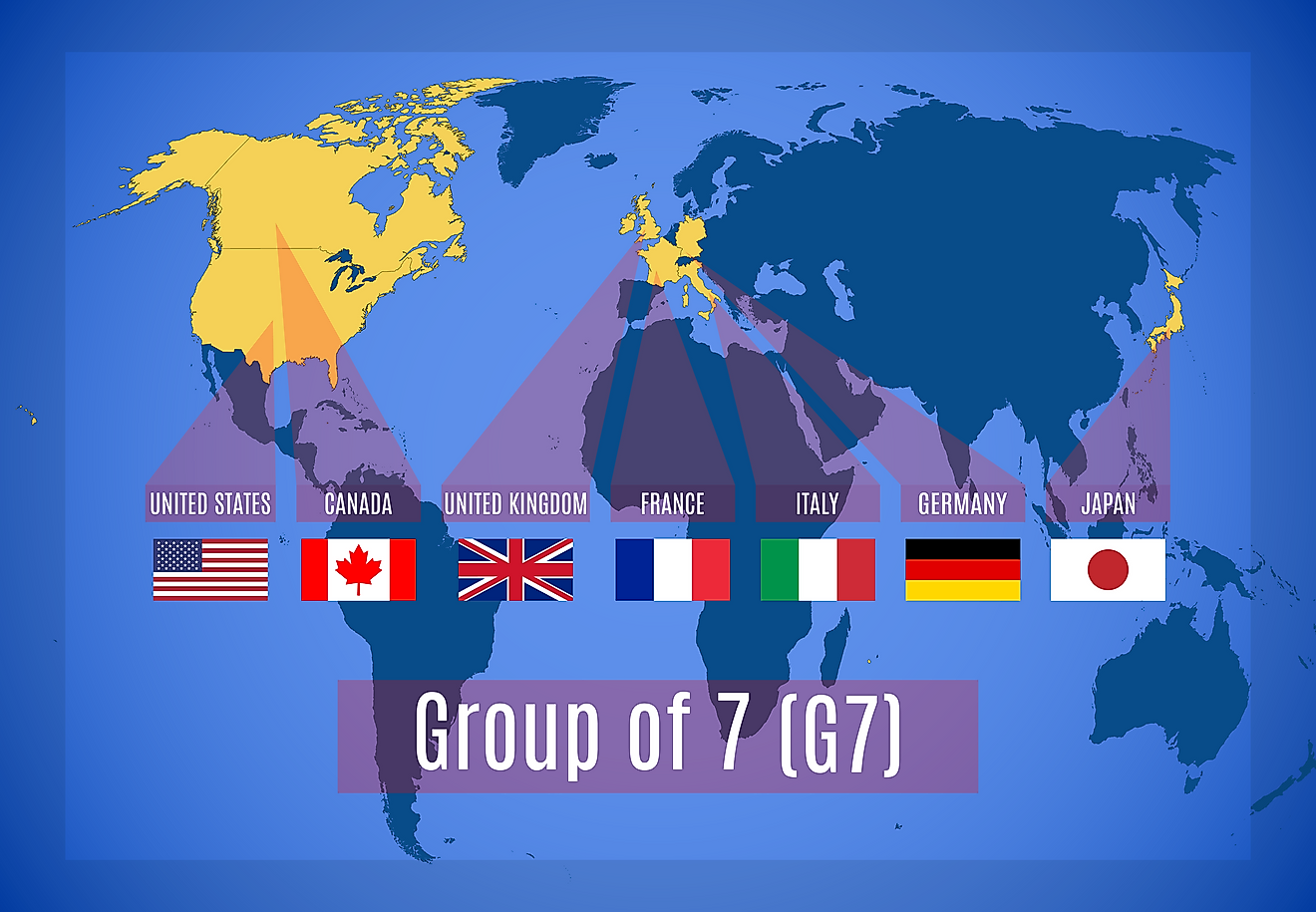
Iroquois Great Law of Peace
The Iroquois Great Law of Peace is the constitution that governs the Iroquois Confederacy, a political alliance of six (originally five) Aboriginal nations located in northeastern North America, in what is now the northeastern United States and south-central Canada. The original five nations of the Confederacy were the Mohawk, Oneida, Seneca, Cayuga, and Onondaga. The Iroquois refer to themselves as the Haudenosaunee, or “people of the long house”. The Great Law of Peace established the Iroquois Confederacy as a type of indigenous, representative democracy, which is widely regarded as the oldest continuing democracy on Earth.
There is no universal consensus on when the Iroquois Confederacy was created. Many believe it was formed sometime between the mid-15th century and mid-17th century. In the 1990s, however, Bruce Johnson, a professor of Communication and Native American Studies at the University of Nebraska at Omaha, suggested that the alliance of five Iroquois nations was founded as far back as the 12th century, referencing the oral tradition of the Seneca, who were supposedly the last nation to ratify the Great Law of Peace on August 31, 1142.
History Of The Great Law of Peace
The story of the Great Law of Peace begins with a person whom the Iroquois hold in great reverence to this day: Deganawida, otherwise known as the Great Peacemaker. Interestingly, Deganawida was not an Iroquois himself. Rather, he was a member of the Huron nation, who lived in what is now eastern Ontario. According to tradition, he once had a vision in which he saw a white pine tree which peacefully protected humanity. This vision was supposedly the inspiration for what became the Iroquois Confederacy. Initially, Deganawida tried to convince his own people of the value of his ideas, but found that they did not listen. Thus, he left his land and his people to find others who would accept his teachings.

Eventually, Deganawida reached what is now upstate New York, which was the territory of the aforementioned five Iroquois nations. When he arrived, the five nations were in a state of war. In fact, these nations spent much of their history killing each other. In the midst of this perpetual violence, Deganawida hatched the idea of a peaceful alliance among the warring Iroquois nations. He and his ideas would soon gain a following, and eventually the alliance that he espoused was formed. It was marked with the planting of a white pine, similar to the one that Deganawida saw in his previously mentioned vision. To govern the new Iroquois Confederacy, Deganawida established the Great Law of Peace, which was, in effect, the constitution that would govern the alliance of five (later six) Iroquois nations.
To govern the new Iroquois Confederacy, the Great Law of Peace mandated the creation of a type of legislature, which came to be known as the Grand Council. Each nation of the Confederacy is represented on this council, with the exception of the Tuscarora, which was the sixth and last nation to join the Confederacy in 1722. The Grand Council is made up of 50 chiefs. These chiefs are the male leaders of the clans that make up the nations represented on the Council. They are each selected by the clan mothers, who hold hereditary title to the leadership of their respective clans.
Significance Of The Great Law of Peace

Many believe that the Great Law of Peace was instrumental in the creation of the United States of America. In fact, in 1744, more than thirty years prior to the US Declaration of Independence, a chief of the Onondaga nation gave a speech in which he encouraged the 13 British colonies that would make up the original 13 United States to unite. This speech was printed by US Founding Father Benjamin Franklin. Franklin later referenced the model of the Iroquois Confederacy as he presented his Plan of Union to the Albany Congress in 1754, which was attended by Iroquois representatives. The Iroquois were even invited to address the Continental Congress in 1776.
Several parts of the US Constitution were inspired by similar stipulations in the Great Law of Peace. For example, the Great Law stipulates that no one in the Iroquois Confederacy can hold more than one office. In comparison, the first article of the US Constitution bans members of Congress from other federal offices, and also bans officials in the executive or judicial branches from holding office in the House of Representatives or Senate. Both the Great Law and the US Constitution also spell out processes for removing people from office. The Great Law even mandates that the legislature, the Grand Council, have two branches, just as the United States Congress has the House of Representatives and the Senate.
Ironically, the formation of the United States that was inspired by the Iroquois Great Law of Peace also resulted in a temporary breach of the peace that the Great Law had provided. During the American Revolutionary War, some Iroquois nations sided with the British, while others sided with the Americans. The result was a civil war within the Iroquois Confederacy itself. After the Revolutionary War ended, the Iroquois lost most of their territory, and they were largely confined to reservations. Nevertheless, the Iroquois Confederacy continued to endure after US independence, still bound by the Great Law of Peace that brought its constituent nations together in the first place.











